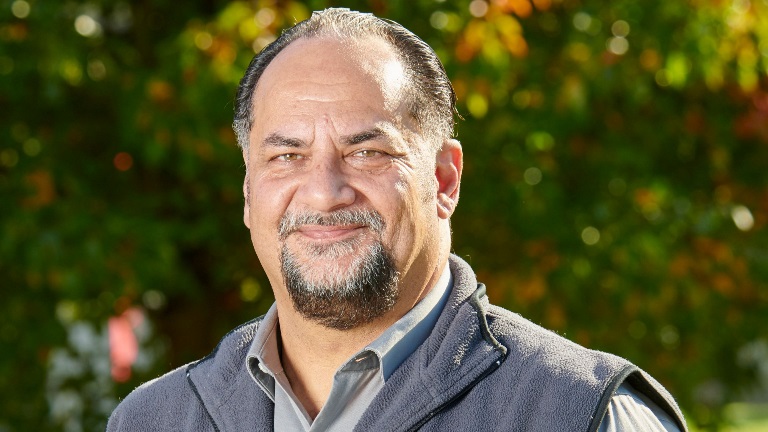After a year-long collaborative process with 4,500 landowners, Waikato District Council has identified about 1,000 ‘Significant Natural Areas’ (SNAs) in the district that need protecting, including wetlands and peat lakes, lowland forest and kahikatea stands, and coastal ecosystems.
While some SNAs are on public land, most are on privately held blocks.
General Manager Strategy and Support Tony Whittaker says, “The good news is that landowners in our area are keen to preserve our natural heritage and the district is benefitting from gains in biodiversity.”
“We want to support landowners in this regard and this year, under the Council’s Conservation Strategy, we’ve approved the first Council grants from a conservation fund set aside to assist private landowners undertake work to protect ecologically significant sites.”
In May the Council’s Strategy & Finance Committee approved a grant of $4,000 for a Tauwhare landowner to purchase trees and plants to help the Wright’s Bush Restoration Group to restore a block of bushland on private land adjoining Wright’s Bush. The habitat supports skinks, kereru, tui, ruru, bellbirds, bats and other native species. The site is protected by a QE2 covenant and the community group is involved in ongoing management of the area.
The committee also approved a grant of $4,290 for Waitetuna farmers Shayne and Kathy Gold to purchase plants to enhance a significant wetland area identified on a private block as part of the SNA process.
The process to identify SNAs for the District Plan kicked off last year in advance of the Waikato Regional Council’s new Regional Policy Statement that came into operation in April this year and that calls for no net loss of biodiversity value in the region.
Using regional council aerial photos to identify potential SNAs, Waikato District Council staff wrote to 4,500 property owners in September and October last year to invite feedback. About 1,200 landowners engaged with council staff in writing, telephone discussion and one-on-one meetings, and site identification is being audited by Kessels Ecology.
Identification of SNAs is part of a much wider three-year process to review the District Plan overall and that requires the Council to gather technical information to support desired outcomes on natural areas and heritage sites, and to identify the infrastructure changes needed to channel and support growth in the region. A first draft of the new District Plan is expected to be available for public consultation by the end of February next year.




